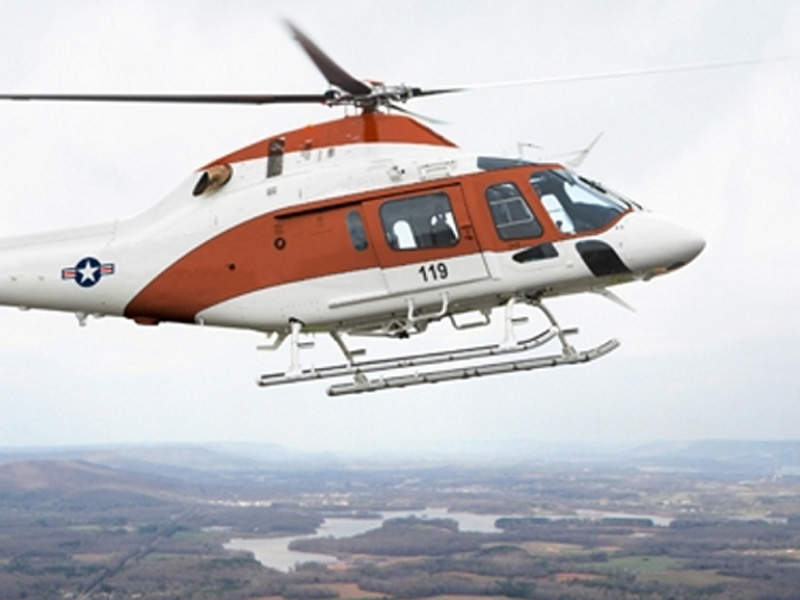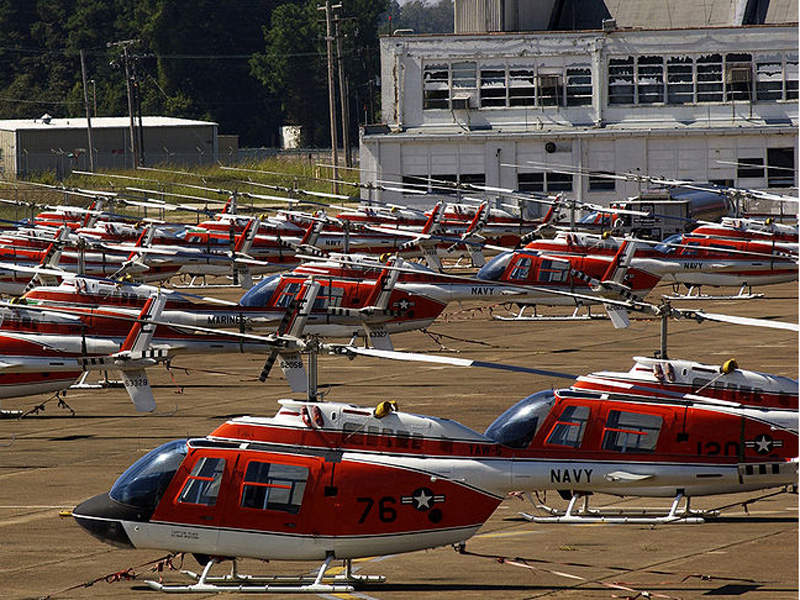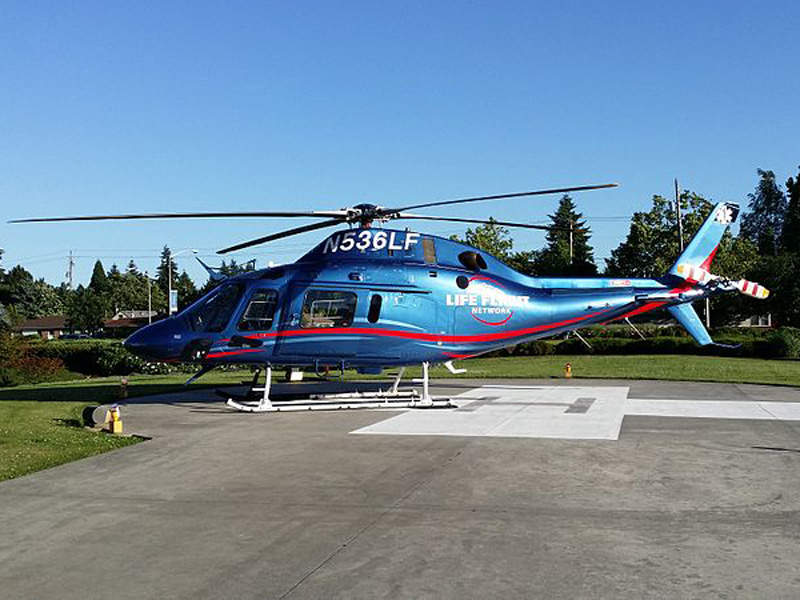Leonardo-Finmeccanica introduced the TH-119 single-engine, next-generation military training helicopter during the Navy League Sea-Air-Space Exhibition held in Washington DC, US, in May 2016.
The TH-119 is designed to provide advanced flight training and improved safety for the next generation of helicopter pilots. It is capable of operating under visual flight rules (VFR) and instrument flight rules (IFR) conditions.
The helicopter is being developed at Leonardo-Finmeccanica’s Philadelphia facility, primarily for the US Navy’s advanced trainer programme. The US Navy plans to replace the ageing fleet of TH-57 SeaRanger trainers with the new TH-119 helicopters.
TH-119 trainer design and features
The TH-119 military training helicopter is derived from the commercial AW119Kx light single-engine utility helicopter, the latest variant of the AgustaWestland AW119 twin-engine helicopter.
It features a high-resistance, cocoon-type airframe with a four-blade main rotor and a two-blade tail rotor. Its 3.5g shock-absorbing, reinforced skids with replaceable skid shoes ensure safe landings.
It is 13m long and 3.66m high, and its main and tail rotor diameters are 11m and 1.93m, respectively. The basic empty weight of the helicopter is 1,600kg and the maximum weight is 2,850kg.
The TH-119 features a pressure refuelling port, which allows its operators to perform hot refuelling during the flight. Additional features include air-conditioning unit, dual flight controls, reinforced windshield, and dual independent hydraulic system.
The helicopter has the ability to perform touchdown autorotations at its maximum take-off weight. It can be optionally equipped with a cargo hook and hoist.
Cockpit and cabin
The TH-119 is equipped with Genesys Aerosystems night vision goggle-compatible glass cockpit, accommodating an ICS pilot and co-pilot.
The integrated flight deck solution comprises four primary flight display (PFD) and multi-function display (MFD) units on which the flight and navigation data is displayed. A low-profile instrument panel mounted in the cockpit offers high visibility for the operators.
The cabin accommodates up to four passengers. An observer seat adjustable to 180° is installed at the base of the instrument pedestal to provide additional training and learning opportunities.
The large cockpit and cabin doors allow quick entry and exit of the personnel.
Avionics on board the TH-119 trainer
The training helicopter is provided with a range of avionics, including a three-axis automatic flight control system (AFCS), marker beacon, radio altimeter, flight director, helicopter terrain avoidance warning system (HTAWS), moving map, TCAS/TCAS II (traffic collision avoidance system), flight data logging, and aural warning generator (AWG).
The flight control system consists of a dual independent stability augmentation system (SAS) to provide fail-safe capability.
The on-board navigation and communications include 3D synthetic vision system with highway in the sky (HITS) navigation, GPS/WAAS navigation, VOR/ILS navigation, tactical air navigation system (TACAN), emergency location transmitters (ELT), integrated dual VHF/AM communications, FIS-B NEXRAD and textual weather radar, and Mode S transponder.
Engine and performance of the training helicopter
Powered by a PT6B-37A turboshaft engine, the TH-119 training helicopter can reach a never-exceed speed of 152k and cruise speed of 138k. It can operate over a range of up to 515nmi and has a flight endurance of five hours and 20 minutes.
The engine generates take-off power of 1,002shp and a maximum continuous power of 872shp, whereas the take-off and maximum continuous power ratings are 917shp and 900shp, respectively.
The TH-119’s in-ground effect (IGE) and out of ground effect (OGE) hover ceilings are 11,000ft and 7,300ft, respectively. The rate of climb is 1,850ft/min and service ceiling is 15,000ft.
The helicopter is equipped with 160gal three-cell, 188gal four-cell and 230gal five-cell fuel systems.





